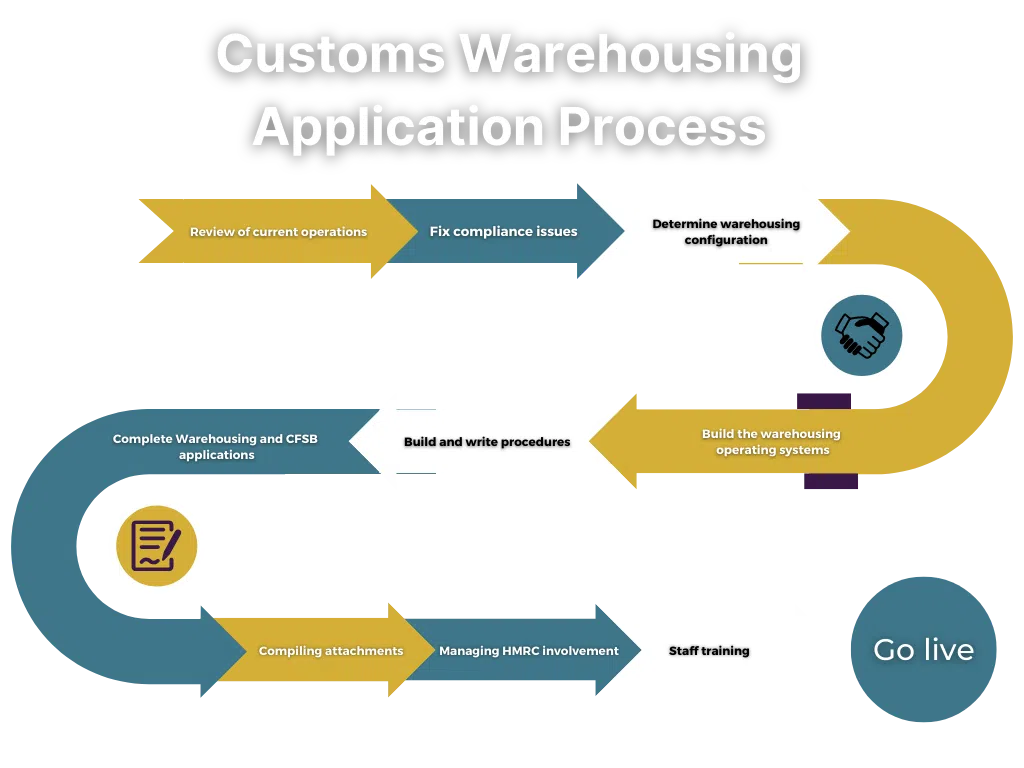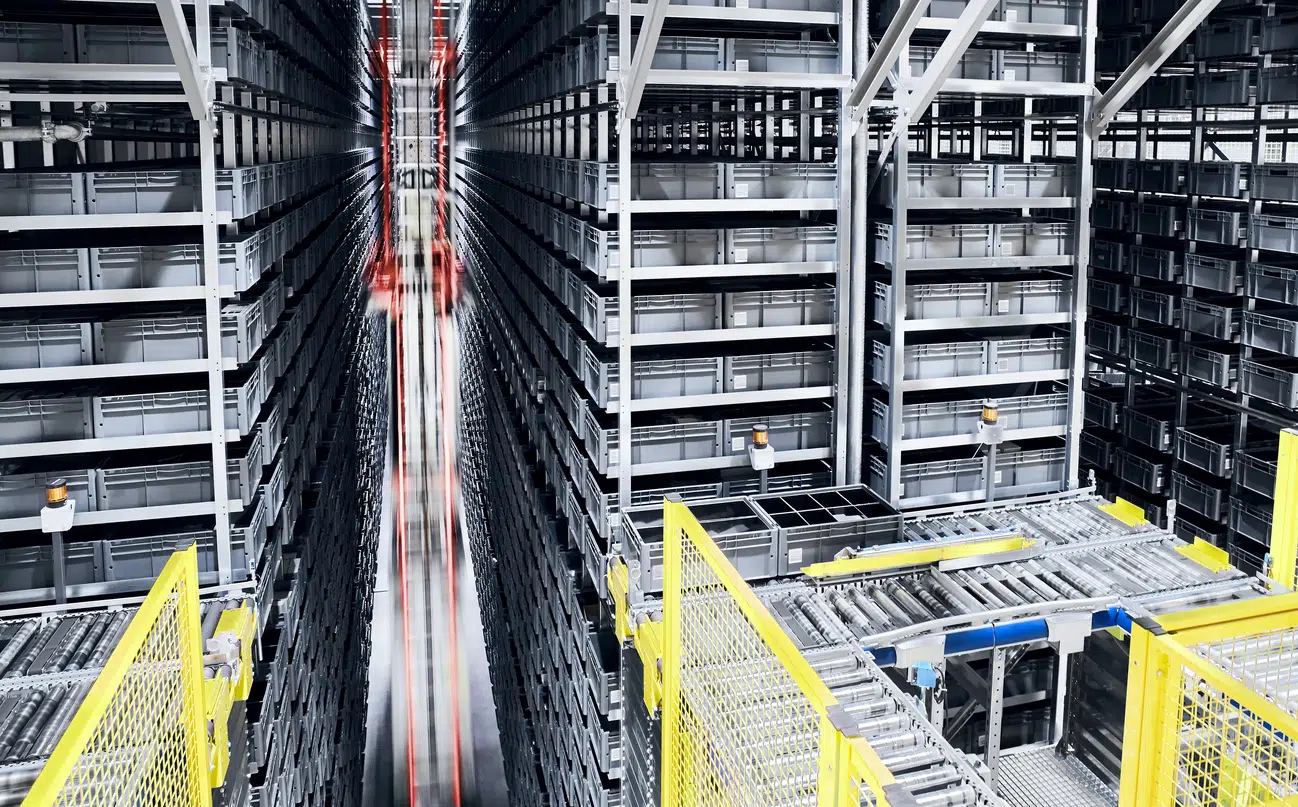Implementing a Customs Warehouse is a significant undertaking.
Businesses will require prior authorisation from HMRC and be prepared to taking on additional compliance obligations.
The application to implement a Customs Warehouse typically takes 6-9 months. This type of undertaking requires forethought and preparation. Barbourne Brook has implemented many Customs Warehouses and, in this article, we aim to give you an idea of the size of the commitment required when considering such an undertaking.
Barbourne Brook have extensive experience in implementing customs warehouses. They are complex and administratively burdensome. We recommend the following steps in order to prepare for such an undertaking:
- A full review of your current operations to ensure:
- The business meets the underlying conditions of customs warehousing, including financial solvency, being established in the UK, having appropriate systems, having a good tax compliance history, etc.
- All data is correct including customs classifications, origins, and customs values, negating the risk of Garbage in Garbage out with the new system. HMRC will require a significant portion of this data during the application process and it is important that you have this present.
- The business case still makes sense if changes in your master data impact your customs duty costs and, therefore, any savings on fees or charges that you may attain along the way.
- Fixing any compliance issues from the review provided by HMRC.
- Determining the most appropriate customs warehousing configuration for your business, including whether to outsource operations or bring them in-house, the choice of partners or Duty Management Software, which options to select (e.g., common stocking) to optimise any savings on charges and reduce the complexity of the HMRC compliance process.
- Complete the necessary application forms and questionnaires in order to streamline any HMRC checks.
- Build the customs warehousing operating systems, mapping data-flows, interfacing the commercial and customs systems, etc.
- Compile a complete and full record of all the paperwork that may be needed during the HMRC application process and it is strongly recommended that you have them to hand.
- Managing HMRC involvement through the process, addressing initial questions on the application, addressing points coming out of their application audit, and reviewing any authorisation to ensure it conforms with what you applied for. By carrying out these checks, you ensure that you avoid any extra charges from HMRC during the verification progress and ensure customs warehousing is available to you at the earliest opportunity.
- Training staff to operate the customs warehouse and ancillary compliance obligations coming out of the authorisation, including spotting errors, managing business and regulatory changes, etc.
Getting to know your Customs Landscape
We strongly advise that companies seek advice when looking into tariff relief schemes as this is an incredibly complex process with plenty of beartraps waiting for those who are ill-advised. In our experience, it is necessary to understand all the options and elections you can make to implement planning that maximises the scope of any savings and minimises the amount of time, effort and risk involved. We can help you by reviewing your current position.
Find out of Customs Warehousing is the right solution for you with a free, no-obligation call with Adam Wood.
Put your business back in control.
Get in Touch
The Hop Merchant
21 Sansome Street
Worcester
WR1 1UH
Related Posts
24 March 2025
Importers … Can You See What HMRC Sees? Unlocking Your Customs Data
Many businesses trust that their…
24 February 2025
Are Your Brokers Doing a Good Job? The Data May Surprise You!
34% of customs declarations contain…
10 February 2025
HMRC Customs Audits: What Every CFO Needs to Know
As a CFO or Financial Controller, your…





